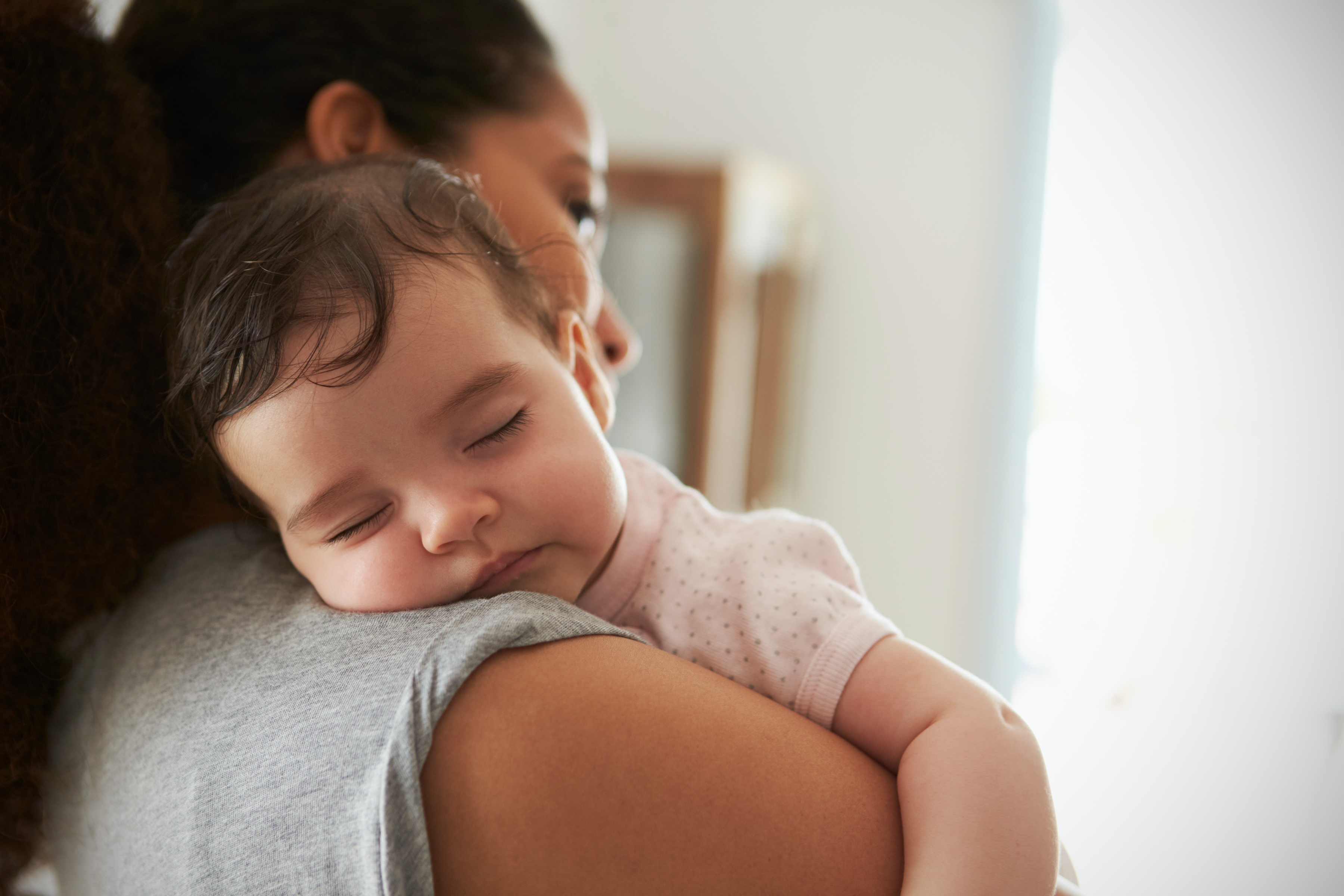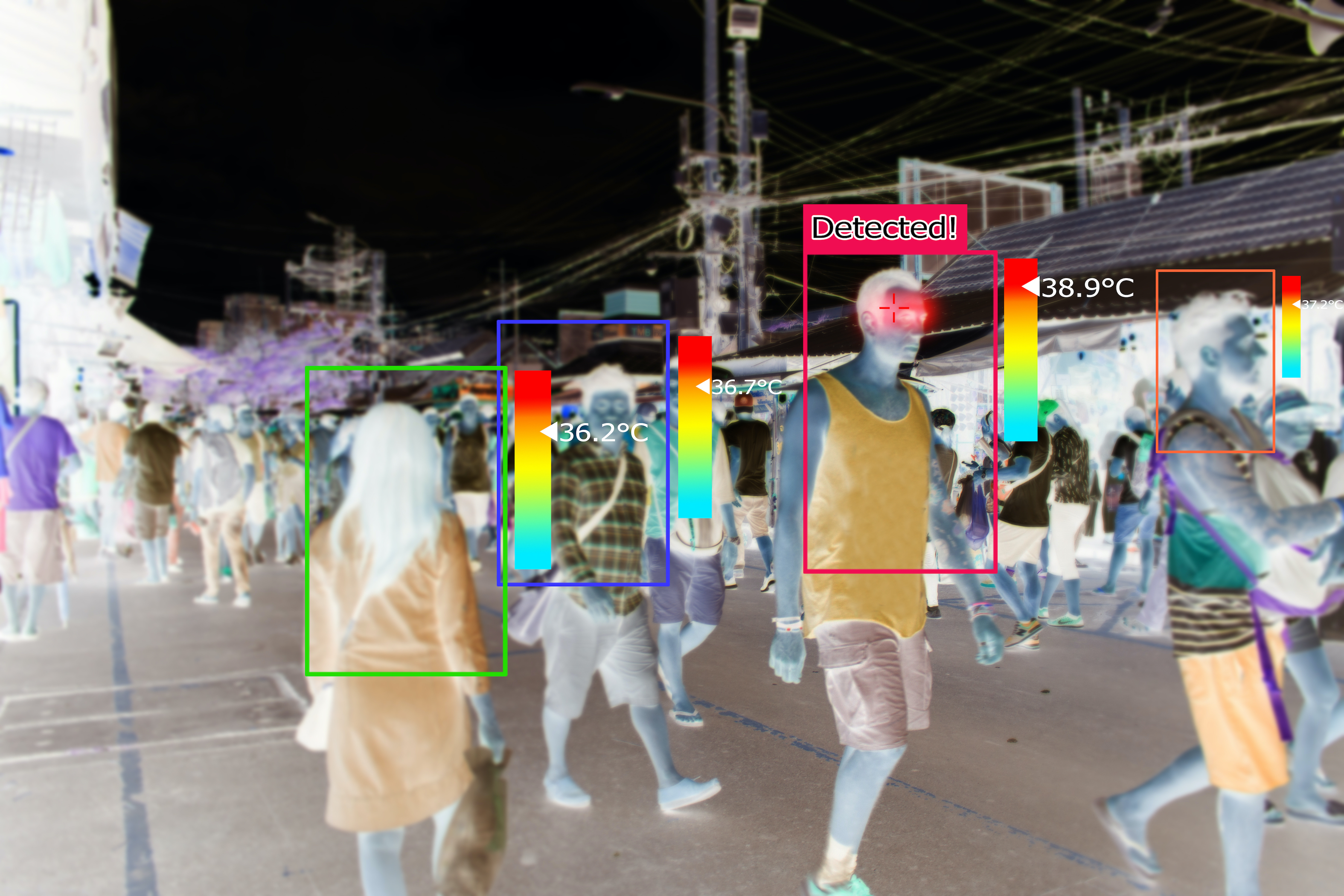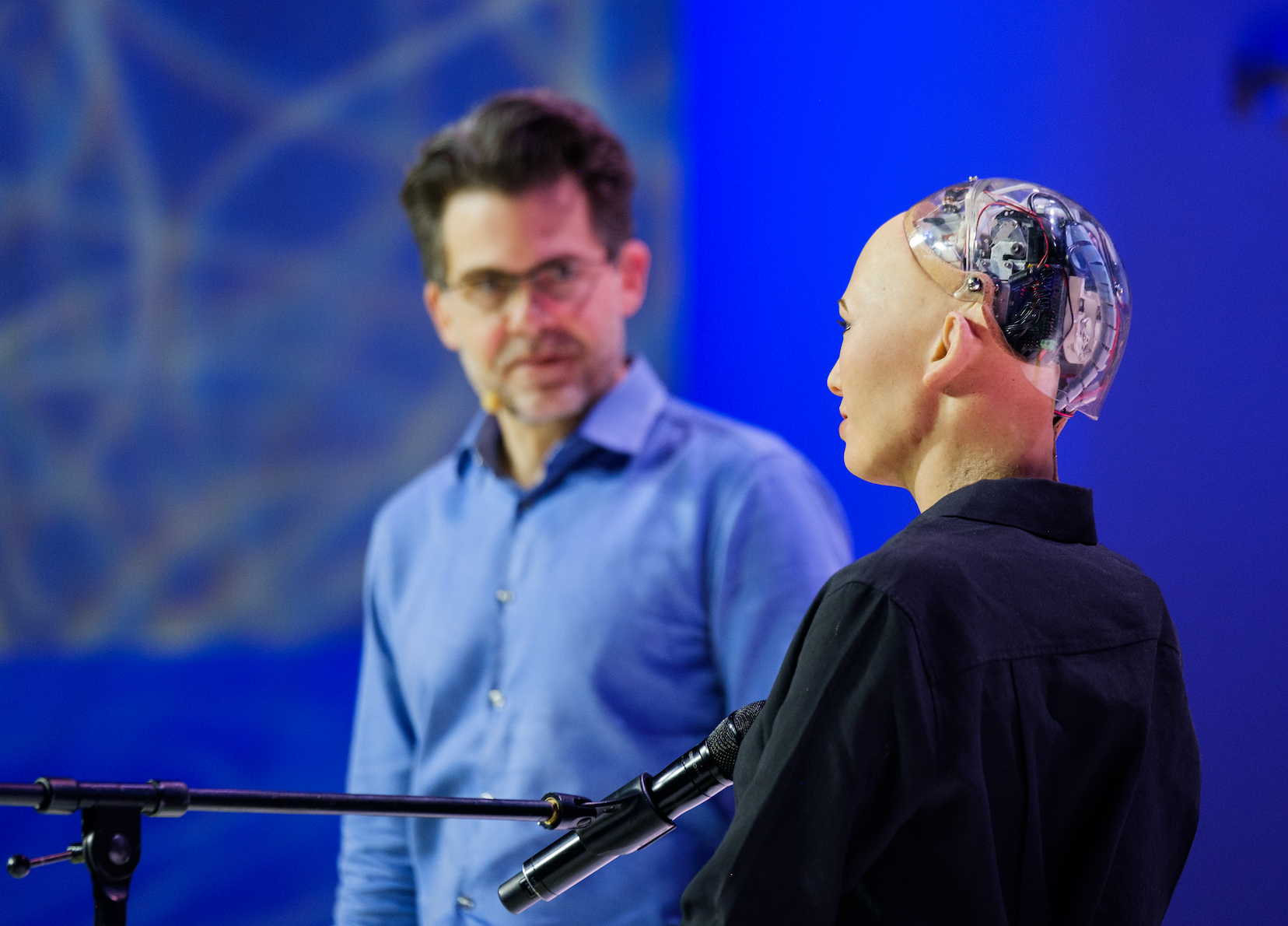I’ve been interested in the question of how we get a body, partly because over the last 40 years, as a psychoanalyst, I’ve seen a huge increase in body-based problems. There are many theories contested and agreed upon about how we get a mind but, somehow, the whole question of the body has been left out of the story.
It’s useful to paraphrase both Simone de Beauvoir – “Women are made, not born” – and Winnicott, the British psychoanalyst and paediatrician, who said, “There is no such thing as a baby. Wherever you see a baby, you see a mother-baby unit.” I’ve been applying those two ideas to the body, arguing that wherever you see a body, you see a body that has been made, not simply born. Bodies are an outcome of the body-to-body relations around them.


